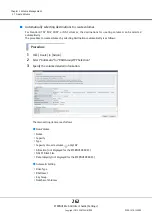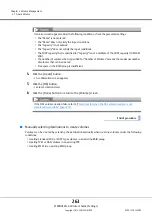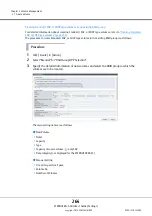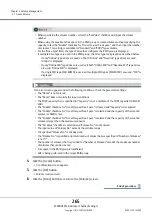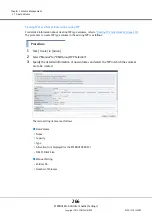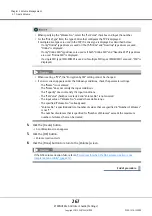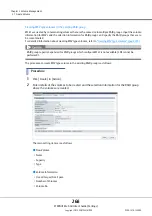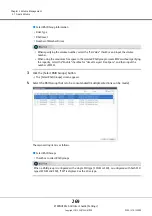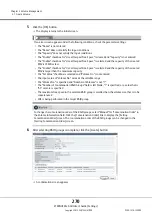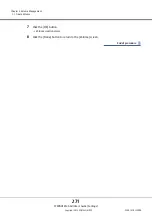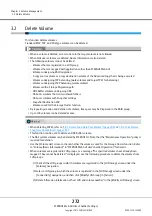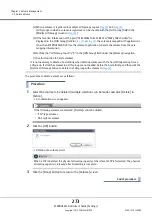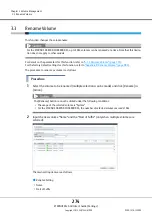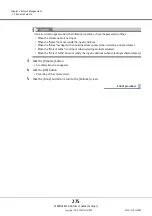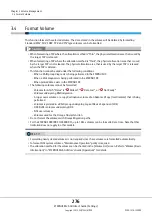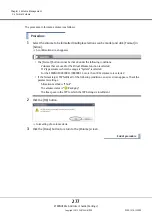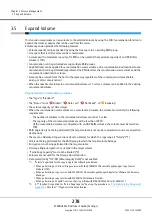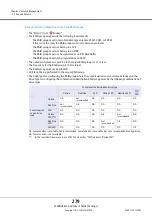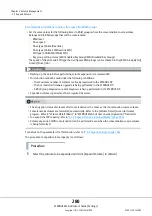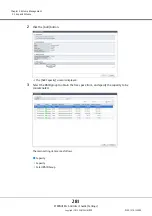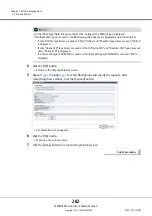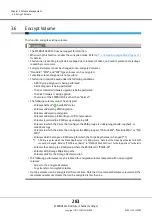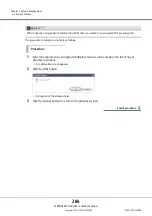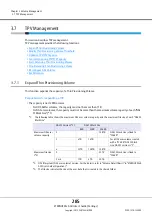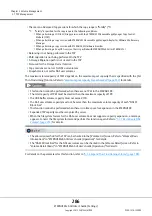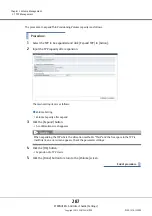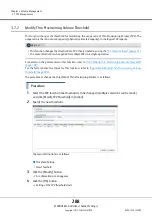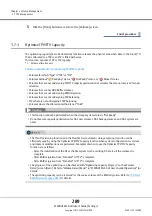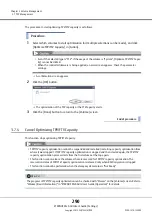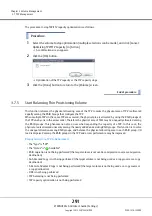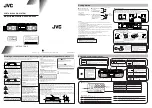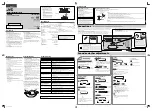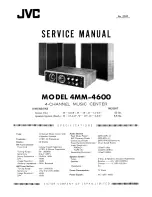
Chapter 3 Volume Management
3.4 Format Volume
ETERNUS Web GUI User’s Guide (Settings)
Copyright 2015 FUJITSU LIMITED
P2X0-1270-13ENZ0
276
3.4
Format Volume
This function formats the selected volume. The data stored in the volume will be deleted by formatting.
Standard, WSV, SDV, SDPV, TPV, and FTV type volumes can be formatted.
•
When formatting a TPV where the allocation method is "Thin", the physical allocation area that is used by
the target TPV is released.
•
When formatting a TPV where the allocation method is "Thick", the physical allocation area that is used
by the target TPV is not released. The physical allocation area that is used by the target TPV is released
when the TPV is deleted.
•
This function cannot be used under the following conditions:
-
When a RAID group diagnosis is being performed in the ETERNUS DX
-
When a disk diagnosis is being performed in the ETERNUS DX
-
When pinned data exists in the ETERNUS DX
•
The following volumes cannot be formatted:
-
Volumes for which "Status" is "
Broken", "
Data Lost", or "
Not Ready"
-
Volumes undergoing RAID migration
-
A copy source volume or a copy destination volume of an Advanced Copy (local/remote) that is being
performed
-
Volumes registered in a RAID group undergoing Logical Device Expansion (LDE)
-
ODX Buffer volumes undergoing ODX
-
NAS user volumes
-
Volumes used for the Storage Cluster function
•
Do not format the volumes with Storage Migration paths.
•
For the ETERNUS DX8700 S3/DX8900 S3, up to 1024 volumes can be formatted at a time. Note that this
limitation does not apply to other models.
•
Formatting newly created volumes is not required since these volumes are formatted automatically.
•
To format NAS system volumes, "Maintenance Operation" policy is required.
•
The allocation method for the volume can be checked in the [Volume List] screen. Refer to "Volume (Basic
Information)" in "ETERNUS Web GUI User’s Guide (Operation)" for details.
Содержание Eternus DX200F
Страница 2: ...This page is intentionally left blank ...
Страница 1082: ......

